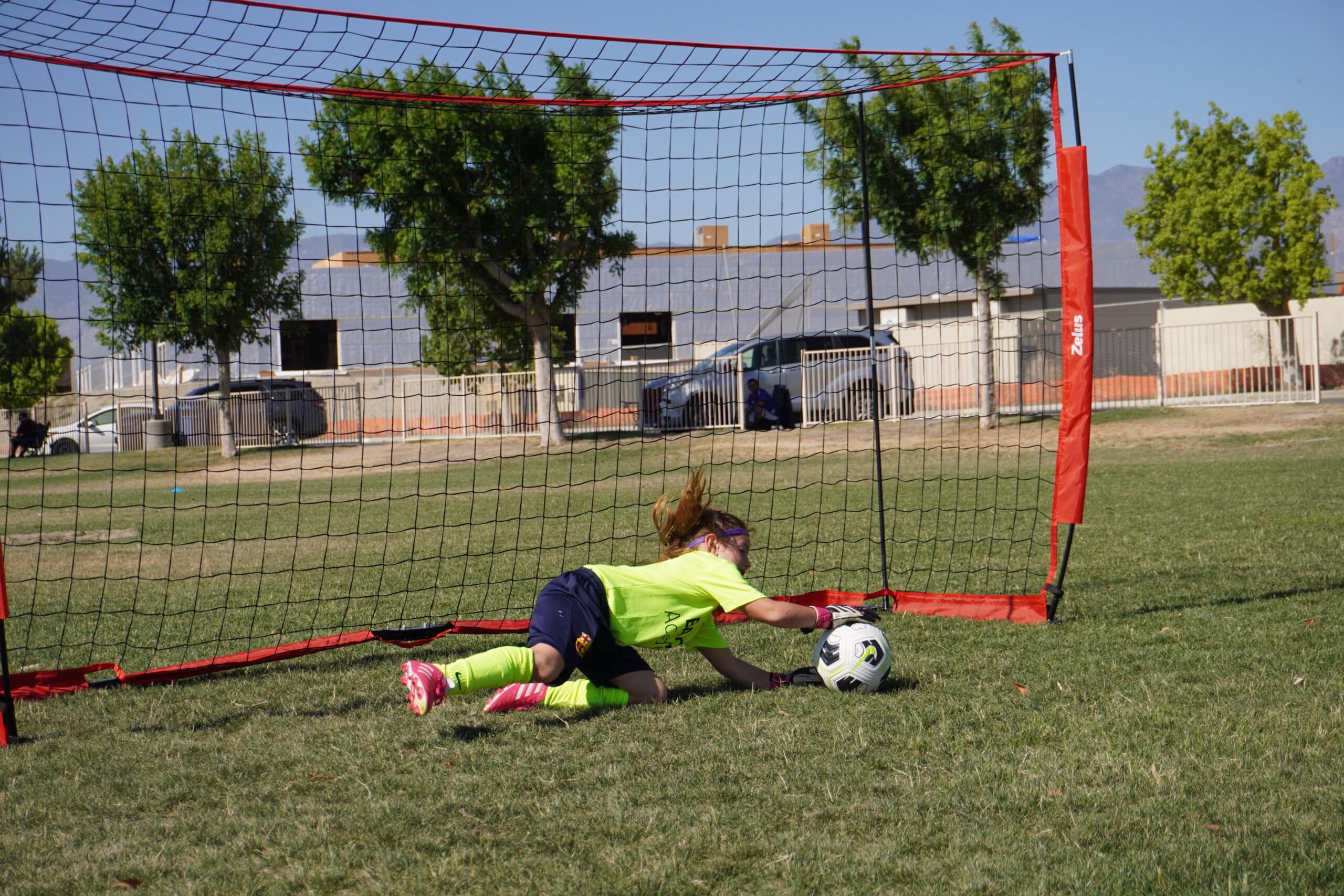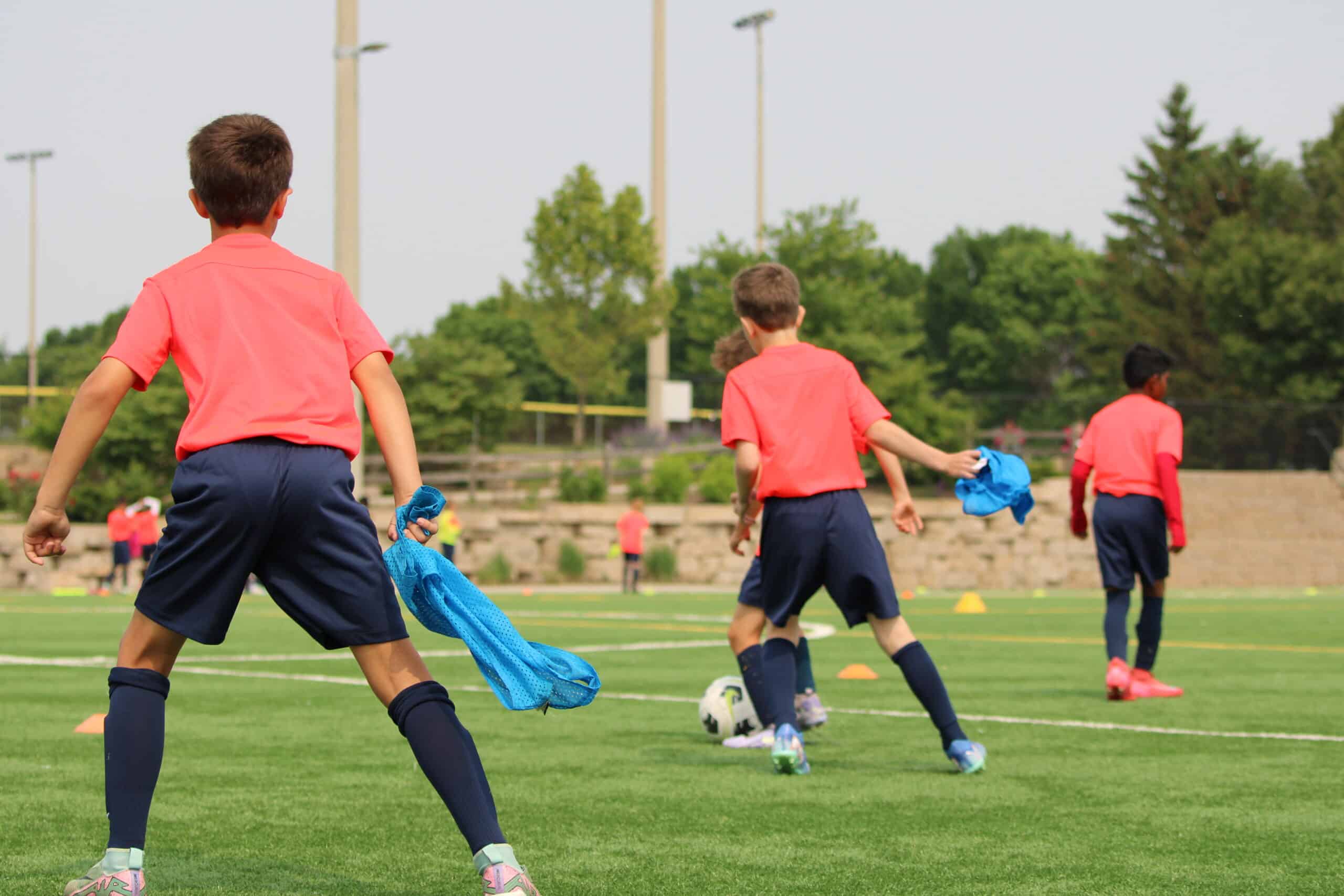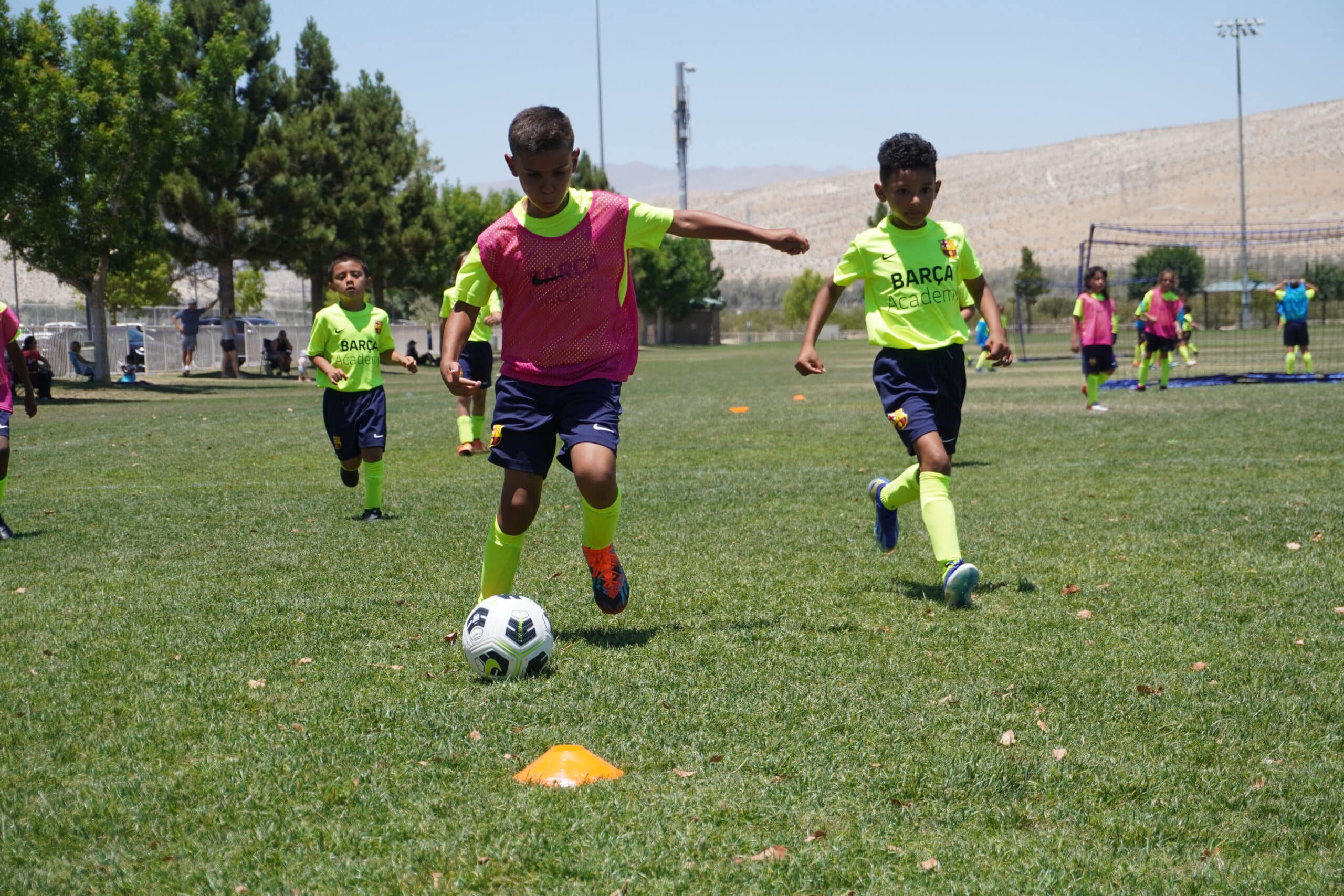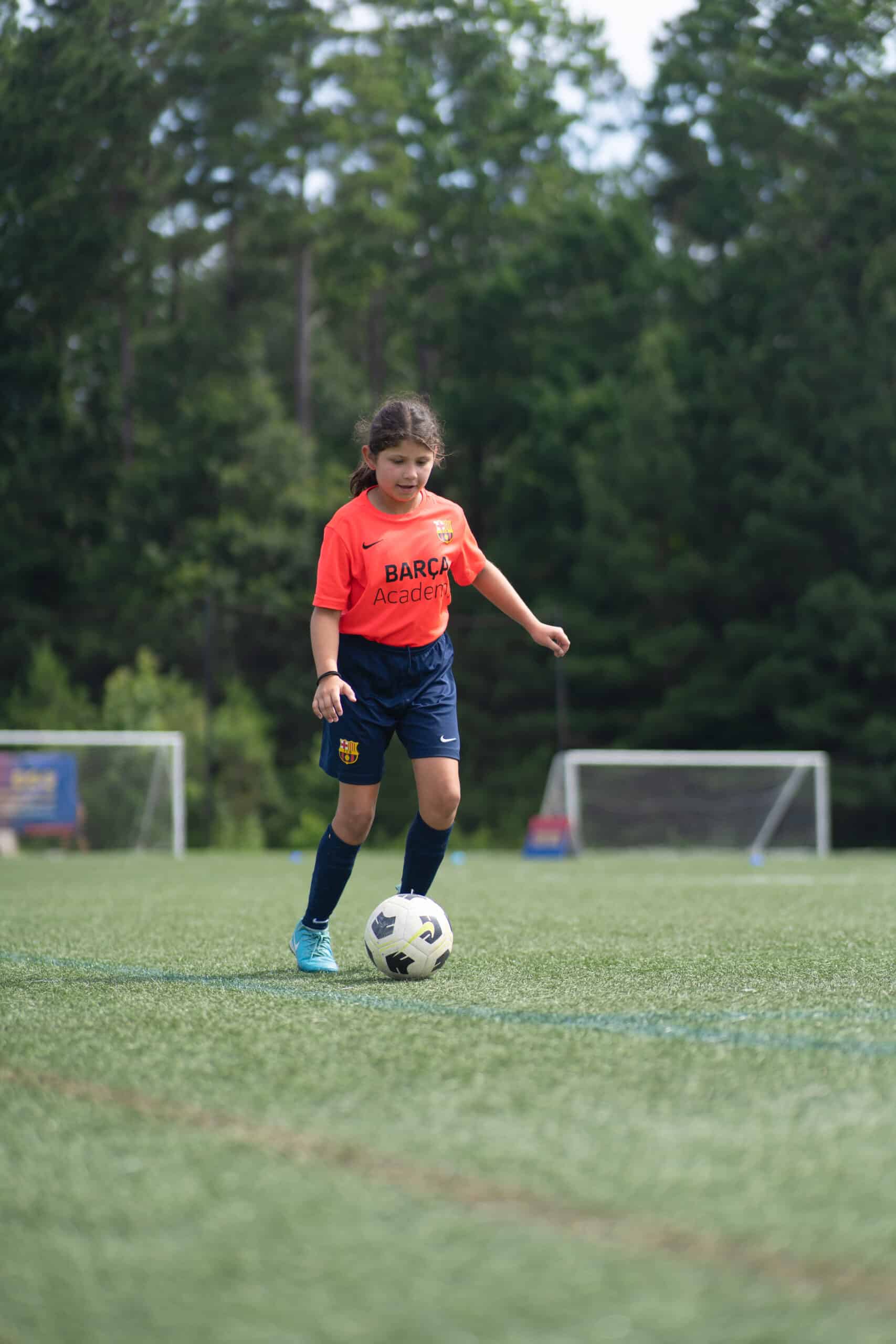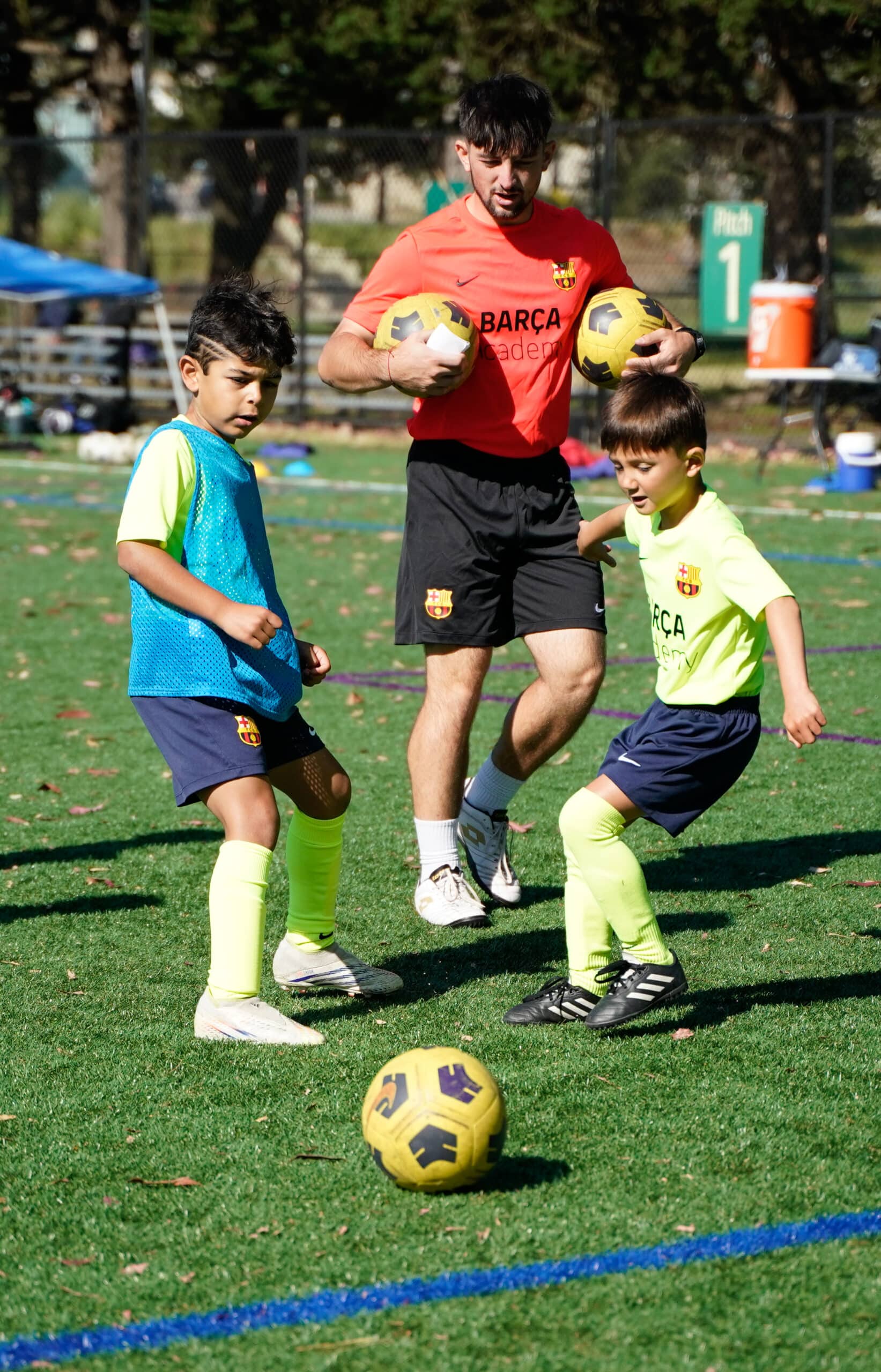Soccer is a physically demanding sport that requires a combination of speed, strength, agility, and endurance. If you want to improve your game and take it to the next level, you need to focus on your fitness. In this article, we will discuss some soccer fitness tips that will help you up your game and become a better player.
Strength Training
Strength training is an essential component of any soccer player’s fitness routine. Not only does it help to improve power, speed, and agility, but it also enhances overall body control, balance, and stability. Soccer-specific strength training should focus on exercises that target the muscles most used during games, namely the legs, hips, and core.
Some of the most effective strength training exercises for soccer players include squats, lunges, deadlifts, and plyometric exercises like box jumps and medicine ball throws. These exercises can help to build lower body strength, improve explosive power, and enhance overall athleticism. They can also help to prevent injuries by strengthening the muscles and joints that are most prone to injury during soccer games.

Speed Training
In addition to sprints, shuttle runs, and interval training, there are other speed training techniques that soccer players can use to enhance their performance. One such technique is resistance training, which involves using resistance bands or weighted vests to add extra resistance to your movements. This can help to increase your explosiveness and overall speed.
Another effective speed training technique is plyometric training, which involves explosive movements like jumping, bounding, and hopping. Plyometrics can help to improve your power and speed by training your muscles to contract more quickly and forcefully.
Agility Training
In addition to these exercises, it’s also important to incorporate drills that mimic game situations, such as dribbling around cones and cutting past defenders. By practicing these types of drills, you’ll be better prepared to react quickly and make split-second decisions during games.
It’s important to remember that agility training isn’t just about moving quickly. It’s also about having good body control and balance, which can help prevent injuries. Exercises that focus on lateral movements, such as side shuffles and lateral jumps, can help improve your balance and stability.
Overall, incorporating a variety of agility exercises into your training routine can help you become a more agile and well-rounded soccer player. By improving your speed, strength, and agility, you’ll be better equipped to compete at a high level and take your game to the next level.

Endurance Training
In addition to aerobic exercises, you should also incorporate interval training into your endurance workouts. This involves alternating between periods of high-intensity exercise and periods of lower-intensity recovery. For example, you could do a one-minute sprint followed by a two-minute jog, and repeat for several sets. Interval training can help to improve your overall fitness and build endurance for soccer games.
It is important to remember that soccer is a sport that requires a combination of physical and mental skills. In addition to these fitness tips, you should also focus on practicing your skills on the field and developing a strong mental game. This includes working on your ball control, passing, shooting, and teamwork skills, as well as staying focused and motivated during games.
FAQs
Q1: What are the key components of fitness needed for soccer?
A1: Soccer requires a combination of speed, strength, agility, and endurance.
Q2: Why is strength training important for soccer players?
A2: Strength training helps to improve power, speed, agility, overall body control, balance, and stability. It also strengthens the muscles and joints that are most prone to injury during soccer games.
Q3: What are some effective strength training exercises for soccer players?
A3: Squats, lunges, deadlifts, and plyometric exercises like box jumps and medicine ball throws are some effective strength training exercises for soccer players.
Q4: How can resistance training and plyometric training improve speed?
A4: Resistance training and plyometric training can help to increase explosiveness and overall speed by training muscles to contract more quickly and forcefully.
Q5: What are some agility exercises that can improve a player’s balance and stability?
A5: Exercises that focus on lateral movements, such as side shuffles and lateral jumps, can help to improve a player’s balance and stability.
Q6: What is interval training and how can it improve endurance for soccer games?
A6: Interval training involves alternating between periods of high-intensity exercise and periods of lower-intensity recovery. It can improve overall fitness and build endurance for soccer games.
Q7: What are some other important aspects of training for soccer besides physical fitness?
A7: Practicing soccer skills on the field and developing a strong mental game are also important aspects of training for soccer.
Q8: Why is a healthy diet and rest important for soccer players?
A8: A balanced diet that is high in protein, carbohydrates, and healthy fats provides the energy and nutrients needed to perform at a high level. Rest and recovery time allow muscles to heal and repair, helping to avoid injuries and perform better on the field.
Conclusion
In addition to these soccer-specific fitness tips, Barça Academy emphasizes the significance of maintaining a healthy diet and ample rest. A balanced diet rich in protein, carbohydrates, and healthy fats fuels the body, while proper rest aids muscle recovery, reducing injury risks and enhancing on-field performance.
In conclusion, elevating your game requires prioritizing fitness. Barça Academy advocates integrating strength, speed, agility, and endurance training to enhance on-field performance. Remember, a balanced diet and adequate rest are crucial to supporting your body’s demands.





